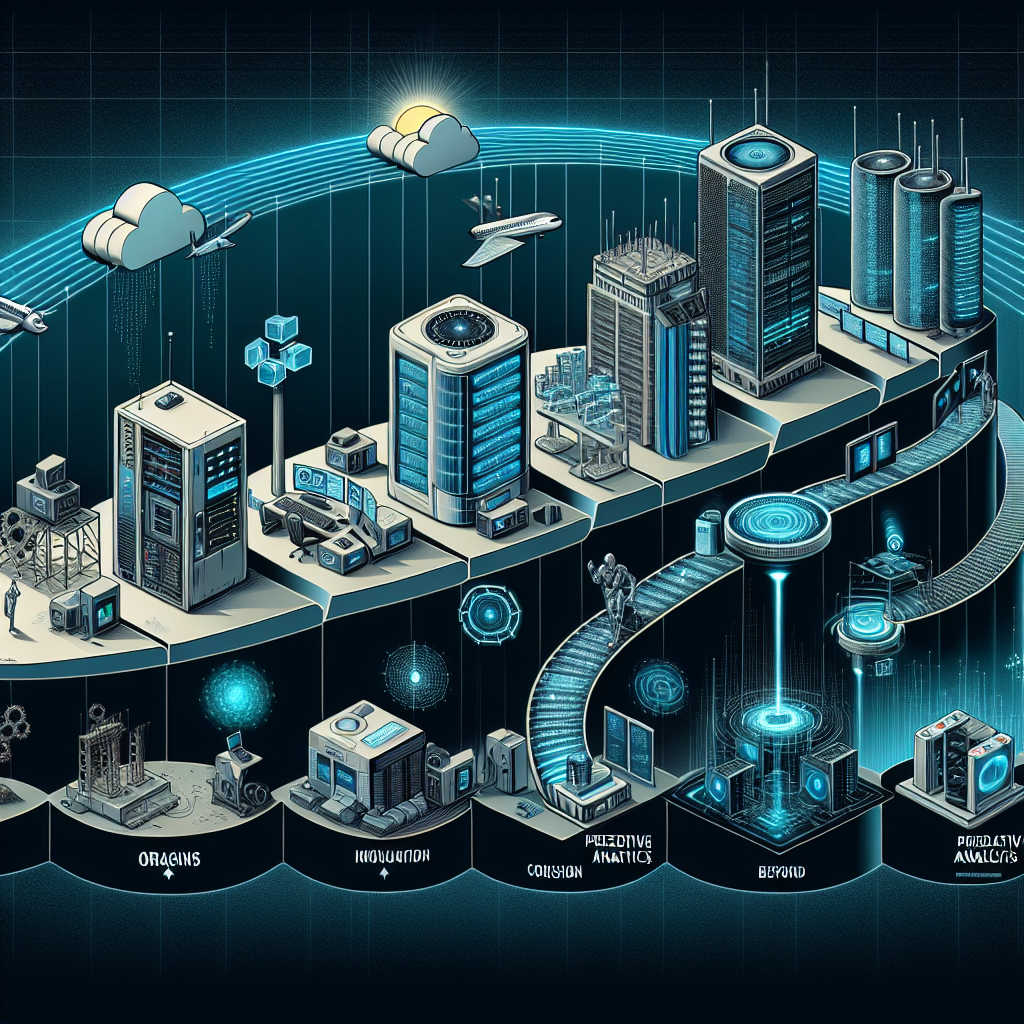The Evolution of DCIM: From Monitoring to Predictive Analytics and Beyond
Data Center Infrastructure Management (DCIM) has come a long way since its inception. What started as a simple monitoring tool for data center equipment has evolved into a sophisticated system that can predict failures before they happen and optimize energy usage for maximum efficiency.
The evolution of DCIM can be traced back to the early days of data centers, when operators had to manually monitor equipment to ensure everything was running smoothly. As data centers grew in size and complexity, it became increasingly difficult to keep track of all the equipment and their performance. This led to the development of DCIM systems that could monitor and manage data center infrastructure in real-time.
Over time, DCIM systems started to incorporate more advanced features, such as predictive analytics. By analyzing historical data and trends, these systems could predict when equipment was likely to fail and alert operators before it happened. This proactive approach to maintenance not only helped prevent downtime but also saved companies money by avoiding costly repairs.
Today, DCIM systems have evolved even further to include artificial intelligence and machine learning algorithms. These advanced technologies can analyze vast amounts of data in real-time and make predictions about equipment performance, energy usage, and potential failures. This level of automation and intelligence allows data center operators to make informed decisions quickly and efficiently.
In addition to predictive analytics, modern DCIM systems also offer features such as asset management, capacity planning, and energy optimization. These tools help data center operators maximize the efficiency of their infrastructure and reduce operational costs.
Looking ahead, the future of DCIM is likely to involve even more advanced technologies, such as Internet of Things (IoT) sensors and edge computing. These innovations will further enhance the capabilities of DCIM systems, allowing them to collect and analyze data from a wider range of sources and make even more accurate predictions.
Overall, the evolution of DCIM from simple monitoring to predictive analytics and beyond has revolutionized the way data centers are managed. By leveraging advanced technologies and automation, data center operators can ensure their infrastructure is running at peak performance while minimizing downtime and costs. As data centers continue to grow in size and complexity, the importance of DCIM will only increase, making it an essential tool for modern businesses.


